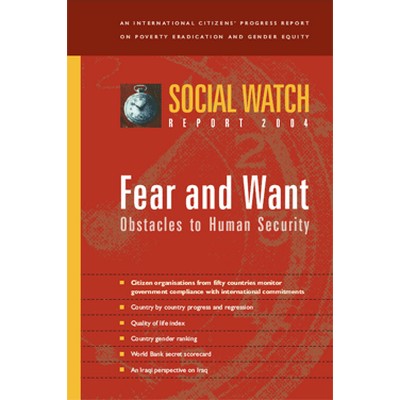Abstract. A national rate of 27 homicides per 100,000 inhabitants in the year 2000 places Brazil among the most violent countries in the world. For young people in impoverished urban areas, the rate is 230 per 100,000, which almost amounts to genocide. Civil society has been responding more and more to this violence with demonstrations, projects, programmes and local initiatives as ways to tackle the problem and promote human security. Recently, a widespread movement has begun to emerge among young people in favelas and marginal outlying neighbourhoods. This consists of initiatives based on cultural and artistic activities, like the Olodum group in Salvador, and the Afro Reggae, Nós do Morro and Companhia Étnica de Dança in Rio de Janeiro, as well as hundreds of local groups of hip hop culture on the outskirts of São Paulo and other cities. These initiatives, heterogeneous and not co-ordinated with each other, are steadily growing and becoming important not only as centres for constructing a culture alternative to drug trafficking, but also as mediators between youth and local government, the press, and international actors like foundations and co-operation agencies.

AUTORAS
Silvia Ramos, Julita Lemgruber
Como citar
RAMOS, Silvia; LEMGRUBER, Julita. Urban violence, public safety policies and responses from civil society. In: Fear and want: obstacles to human security. Social Watch Report 2004.
